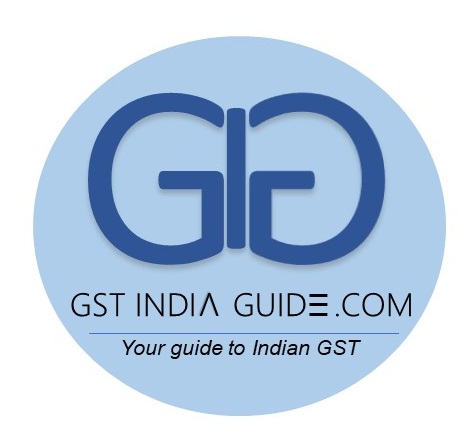Registration is fundamental to the administration of any tax. The taxpayer enrolls himself by following the prescribed procedure, and thereafter a unique identification code is granted to such taxpayer, which is to be used in all correspondence. For the introduction of Goods & Services Tax or GST, it has been proposed that the registration of all existing assesses under Excise, Service Tax, VAT and certain other laws be migrated to the new system. The additional documents required will be obtained during the process of migration.
Read more about GST India.
To enable this, the GST Common Portal www.gst.gov.in has been made live on the 8th of November, 2016 where existing taxpayers can enroll themselves for smooth transition to GST. The enrolment has been taken up in a staggered manner, and an enrolment plan has been made available on the portal itself. Government has given the following schedule for pre registration exercise:

Though the above exercise is not backed by law, yet, to understand the entire process one may undertake the entire registration process as part of this exercise. The total time period which has provided in the law is six months for the transition, though there are provisions for its extension also. The time frames as available are as under:

Having said that, let us take a detailed look at the process of migration that has been laid down in this behalf.
Step 1: Applying for provisional registration
Under the Model GST Law, it has been provided that provisional registration will be granted to all existing assessees on the appointed day.
The respective tax authorities will grant a provisional ID and password to all the existing assessees as per the schedule provided in the enrollment plan. Such-ID and password will be used for enrolment on the GST Common Portal.
In the process of enrollment, certain additional documents such as proof of constitution of business, photograph of promoters / partners / Karta of HUF, proof of appointment of Authorized Signatory, photograph of Authorized Signatory and bank statement will be required to be uploaded.
After filling up the application, it will have to be digitally signed. DSC has been made mandatory for companies, foreign companies, Limited Liability Partnerships (LLPs) and Foreign Limited Liability Partnerships (FLLPs). Others have the option of electronically signing the application using Aadhar Number.
After the application is submitted, an Application Reference Number or ARN will be generated, which can be used for future correspondence.
It has been assumed that all existing Central Excise taxpayers are already registered under State VAT Department. Therefore, it covers both Central Excise and State VAT registration. For assessees under Service Tax, the enrollment has been scheduled from the 1st of January, 2017.
It may be noted that there will be no deemed enrollment under GST. All the taxpayers are expected to visit the GST Common Portal and enroll themselves.
Step 2: Grant of Provisional Registration
The Provisional Registration Certificate will then be made available for viewing and download on the GST Common Portal on the appointed day in FORM GST REG – 21. This Certificate will incorporate the Goods and Services Tax Identification Number (GSTIN) therein.
Step 3: Grant of Final Registration
The documents will be verified by authorized Center/State officials of the concerned Jurisdiction(s). Thereafter, if the information and the particulars furnished are found to be correct and complete, final Registration Certificate will be issued within six months after the appointed date in FORM GST REG – 06.
The above process can be summarised in the following manner:

Conclusion
There are certain points which are important to be noted by all assesses:
- If a person supplies in two different names or units, single registration shall be granted per state unless separate business divisions.
- No separate registration required for reverse charge liability
- Separate registration for all firms operating out of single premises
- Amendment of all details is possible except PAN possible
- Registration is to be obtained state wise. The concept of centralised registration in case of Service Tax and premises wise registration in case of excise shall no longer be required or available. However,
- Effective Date of registration shall be from the date of levy in case it is applied in time allowed, else from the date of grant of registration.
- Provision for revocation of cancellation has been provided and the same is to be applied in Form GST REG 17
- Provision for physical verification has been kept live and report of such visit has to be provided by the officer in Rule 17
- Requirement to display registration certificate in place of business is made mandatory
- Pre deposit of tax has been called for in case of non resident taxable persons
Though the transition of registration seems to be most easy process of all, yet, it may turnout to be a nightmare for all assesses who fail to get transition or whose registration certificate is cancelled in this process and in order for a smooth running of business, a seamless transition is must for the assessee.
